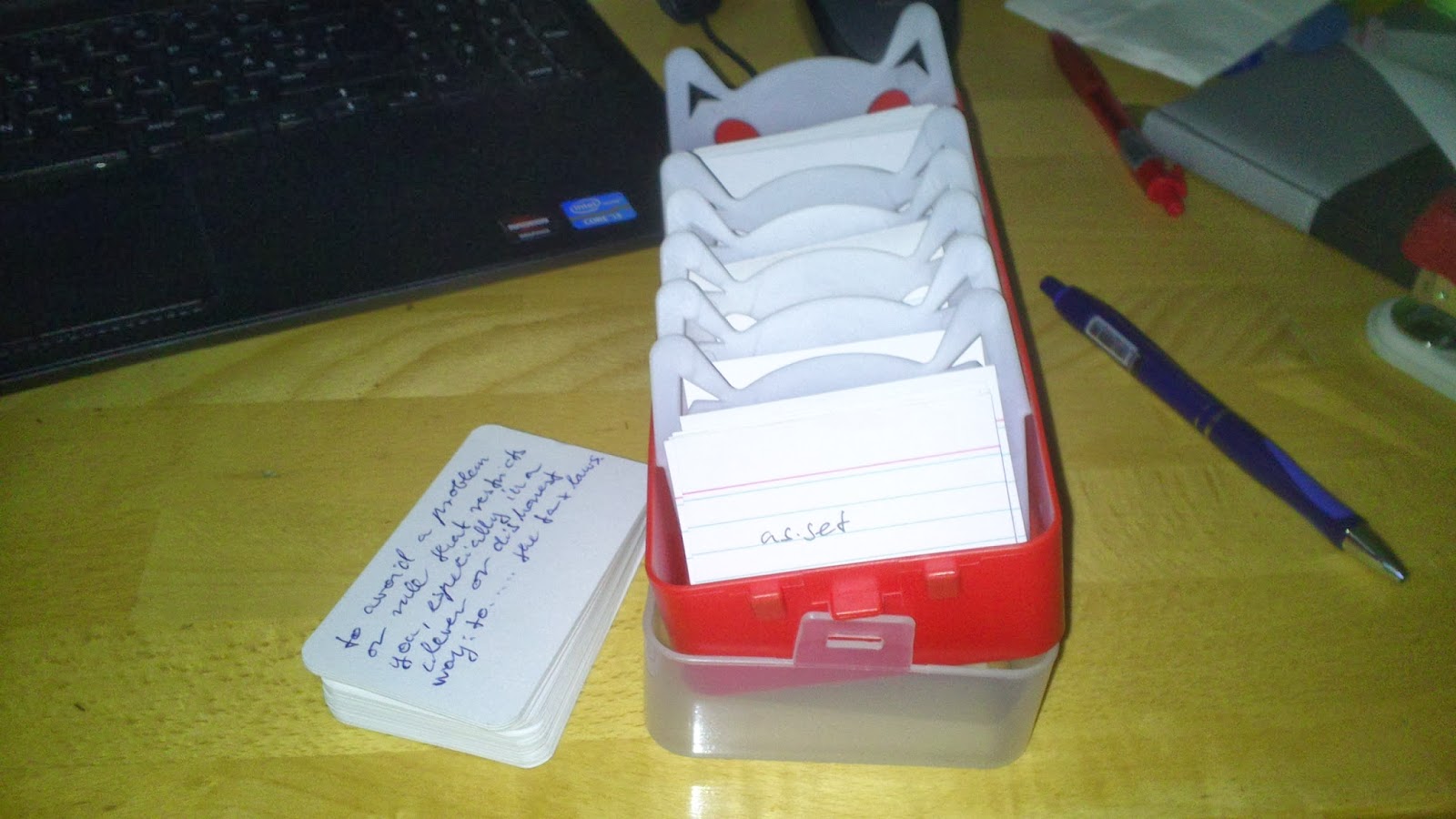The answer to this question is The James Webb Space Telescope (JWST), or formerly known as The Next Generation Space Telescope (NGST). The Primary funding bodies are the NASA, The European Space Agency (ESA) and the Canadian Space Agency (CSA). Supposedly it will be launched in 2018 (approximately when the Kepler Mission's current mission status is over). It's Mission is to observe the Universe and study its origins and the first galaxies. From the Big Bang to the formation of solar systems and the planets in those solar systems, it will give us insight into the history of our Universe. It will be the successor of Hubble but technologically it will be much more advanced.
The Telescope itself will be enormous in size. Alone the sunshield will approximately be the size of a tennis court. The Mirror of the telescope will be 6.5 meters in diameter. This is nearly three times bigger than that of Hubble (2.4 m). As the size of the sunshield is bigger in width than the rocket used that launches it, the telescope, with its shield will only be unfolded when it has arrived in space.
The observatory itself consists of three main parts. The Integrated Science Instrument Module (ISIM) which is responsible for housing the cameras and the instruments. The Optical Telescope Element (OTE), which is the Eye of the Observatory. It comprises two mirrors one primary and one secondary mirror and a backplane which is the spine of the mirrors. These mirrors collect the sunlight and direct it towards the science instruments. The primary mirror consists of 18 hexagonal parts that are connected to each other and will only unfold when the observatory is in space. The Mirror itself is made of metal beryllium and is coated with gold. The second mirror, similarly like the Hubble Telescope, is reflecting the sunlight collected by the primary mirror and concentrates it towards the science instruments. The third main part is the spacecraft bus, which is responsible for supporting functions. The six subsystems that keep the telescope functioning are located in the spacecraft bus. The Electrical Power Subsystem, the Attitude Control Subsystem, the Communication Subsystem, the Command and Data Handling Subsystem, the Propulsion Subsystem, and the Thermal Control Subsystem are all essential for the telescope to function properly.
These are only the main parts of the observatory. However, the Telescope consists of many more other elements.
The Telescope observes mainly the infrared light that comes from very distant objects, but by simply functioning, the System itself emits infrared light. For this reason the Spacecraft is also applied with a sunshield that protects it from overheating and from swamping the incoming light with infrared light emitted from the systems of the telescope.
The already mentioned ISIM will be the heart of the telescope and includes four elements:
Near-Infrared Camera - primary imager
Near-Infrared Spectrograph - disperses incoming light into a spectrum to analyze
Fine Guidance Sensor - allows the telescope to point precisely All of these systems are the most sophisticated technologies that are currently known. This telescope will help humanity discover things that we do not even know about yet. Maybe even life on another planet. Take care, Harald









